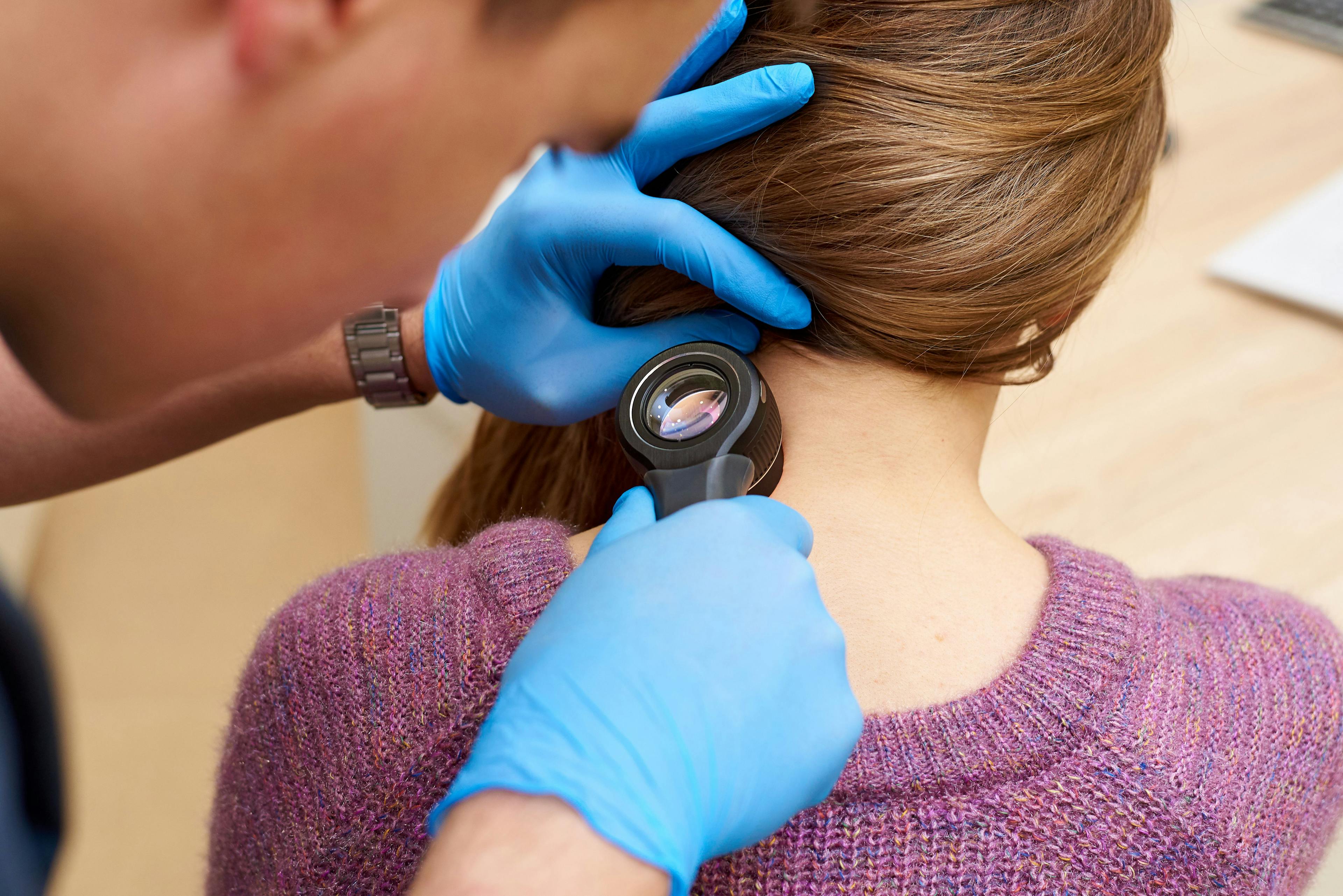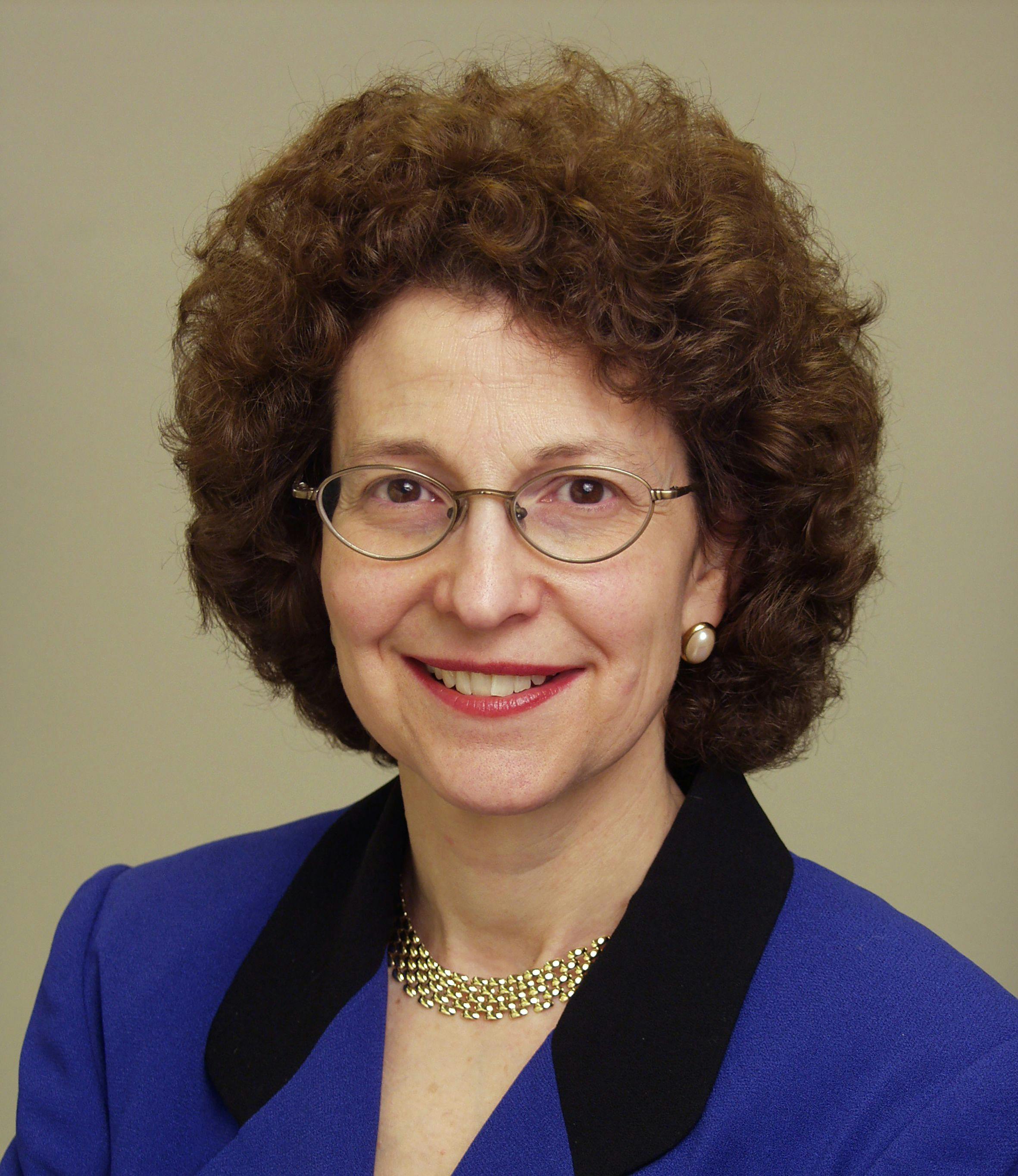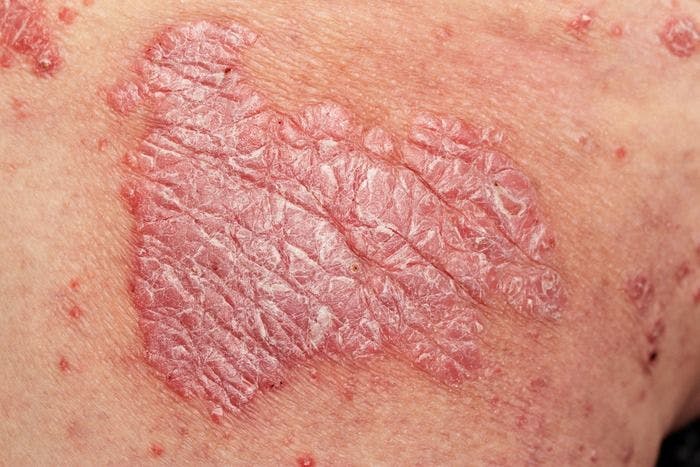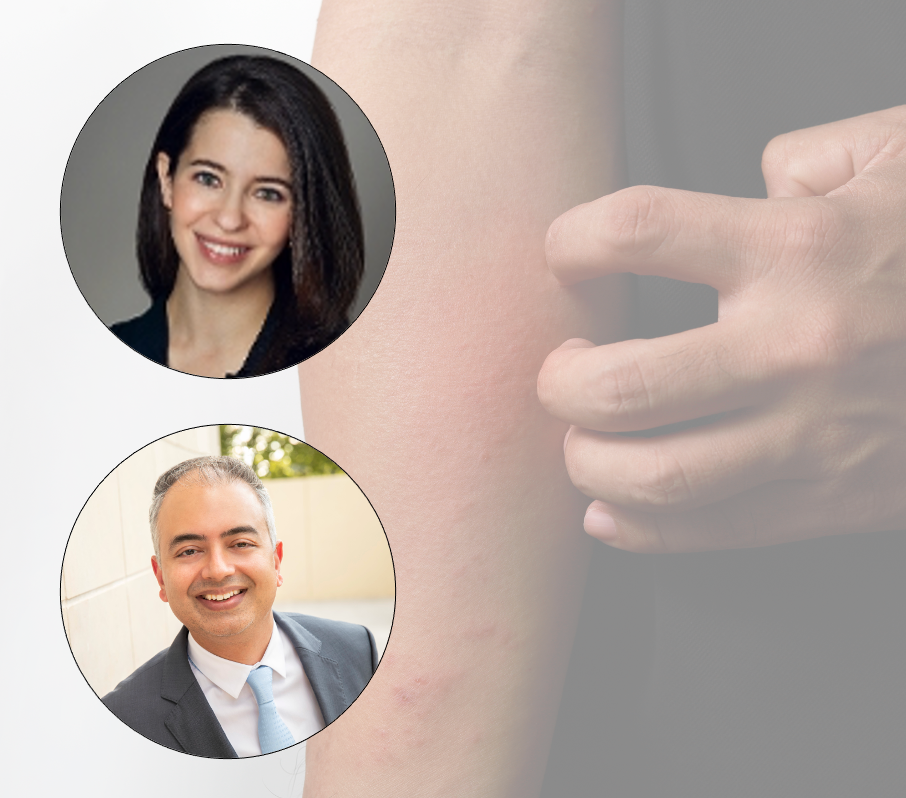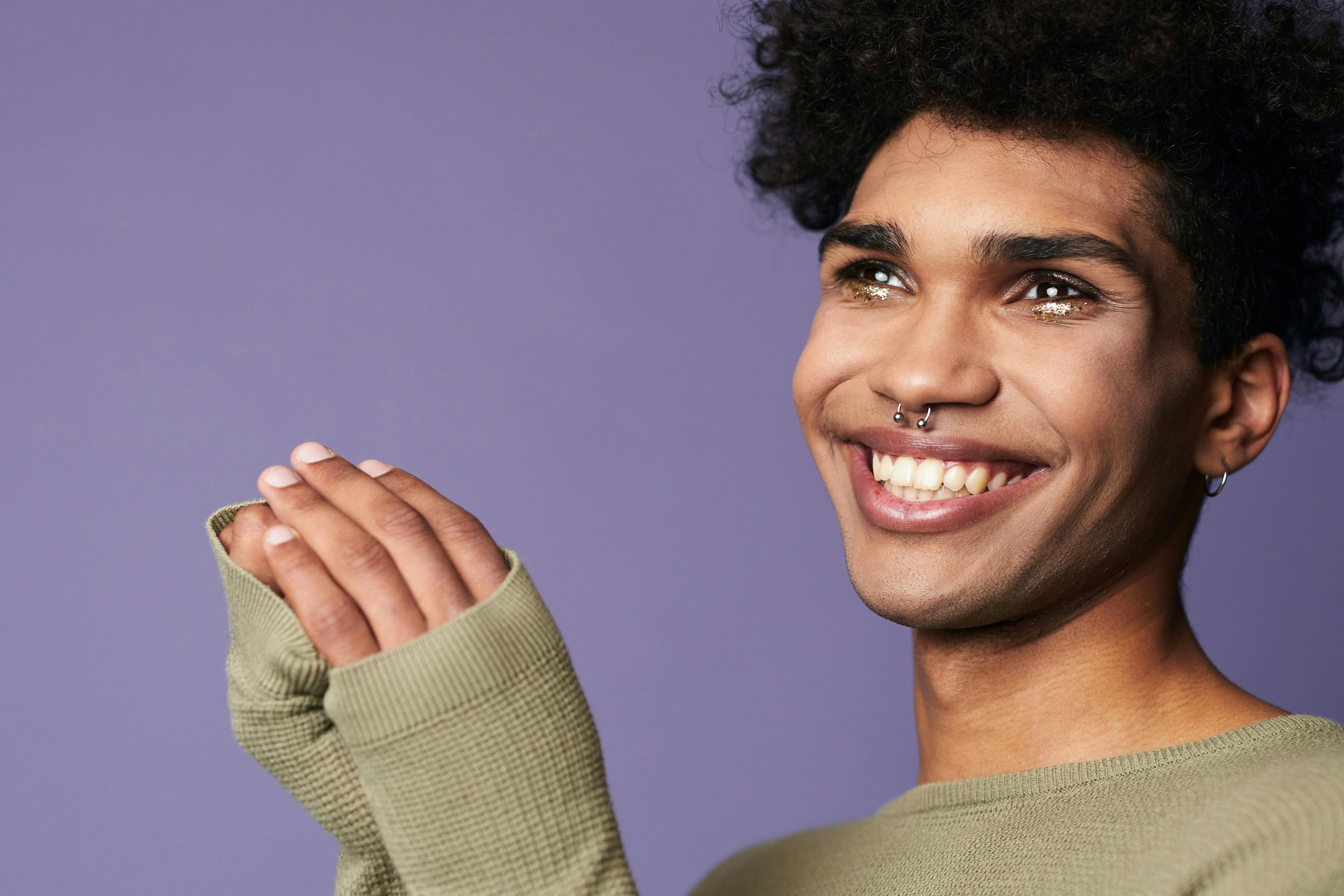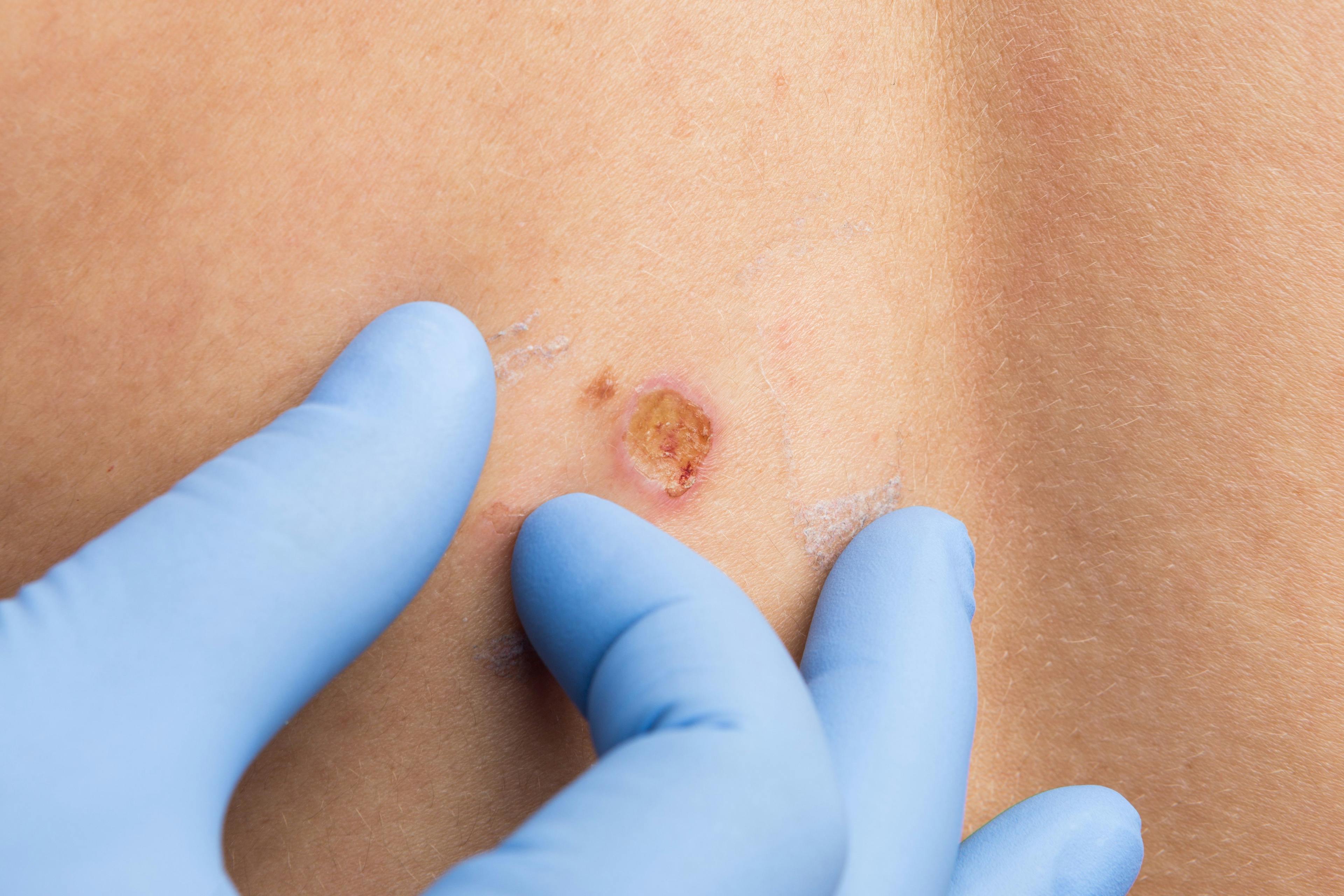- Acne
- Actinic Keratosis
- Aesthetics
- Alopecia
- Atopic Dermatitis
- Buy-and-Bill
- COVID-19
- Case-Based Roundtable
- Chronic Hand Eczema
- Drug Watch
- Eczema
- General Dermatology
- Hidradenitis Suppurativa
- Melasma
- NP and PA
- Pediatric Dermatology
- Pigmentary Disorders
- Practice Management
- Precision Medicine and Biologics
- Prurigo Nodularis
- Psoriasis
- Psoriatic Arthritis
- Rare Disease
- Rosacea
- Skin Cancer
- Vitiligo
- Wound Care
Publication
Article
Dermatology Times
Aesthetic Procedures for LGBTQ+ Patients
Author(s):
Ronda Farah, MD, gave an in-depth overview of aesthetic procedures to understand for LGBTQ+ patients at SBS 2023.
At the 2023 South Beach Symposium (SBS) meeting in Miami Beach, Florida, Ronda Farah, MD, associate professor of dermatology at the University of Minnesota and director of medical dermatology at the University of Minnesota Health Maple Grove Clinics, gave an overview of aesthetic procedures for LGBTQ+ patients and how dermatologists can respectfully discuss these procedures with their patients.
Farah began her presentation by asking the attendees to raise their hands if they perform gender-affirming procedures. There were very few attendees who raised their hands. Farah took this time to explain how she was going to highlight procedures and recommendations to further help clinicians best serve their LGBTQ+ patients.
There are approximately 10 million LGBTQ+ individuals in the United States. Farah noted that there has been an increase in gender-affirming care from 2012 to 2019. In 2019, the majority of gender-affirming surgeries were patients transitioning from male to female. Overall, LGBTQ+ women are typically underrepresented among US dermatologists. Sexually transmitted diseases, violence, depression, and anxiety are more likely to affect LGBTQ+ patients rather than cisgendered patients.
The World Professional Association for Transgender Health (WPATH) is a “501(c)(3) non-profit, interdisciplinary professional and educational organization devoted to transgender health,” and an important resource for clinicians, according to Farah.
When considering what LGBTQ+ patients may be looking in terms of topical products, Farah mentioned brands that support the trans community, inclusivity, beauty influencer reviewed, products that work with facial hair, and neutral packaging.
It’s crucial to not assume that all LGBTQ+ patients want gender-affirming surgery, according to Farah. Clinicians should begin by asking the patient what exactly they want to have done, goals of care, do they have any pictures as reference, and what upcoming procedures do they have.
In Farah’s experience with injectables during facial reconstruction, she uses onabotulinumtoxinA high up on the face of patients transitioning from male to female to life the face. For patients transitioning from female to male, Farah will level out the brow zone and volumize the chin. For adjusting hairlines, masculine hair lines are typically M-shaped, while feminine hair lines are typically round. Additionally, when a patient is interested in hair removal, it’s important to discuss with them the reason for hair removal, the medical or cosmetic purpose, their expectations, the hair location, and their skin type.
Farah ended her presentation by emphasizing the importance of listening to LGBTQ+ patients when they come into a clinician's practice, and that being more aware of terminology and procedures will set both the patient and clinician up for success.
Reference
- Farah R. LGBTQ+ patients and aesthetics. Presented at the 2023 South Beach Symposium Meeting; February 9-12, 2023; Miami Beach, FL.

Newsletter
Like what you’re reading? Subscribe to Dermatology Times for weekly updates on therapies, innovations, and real-world practice tips.







